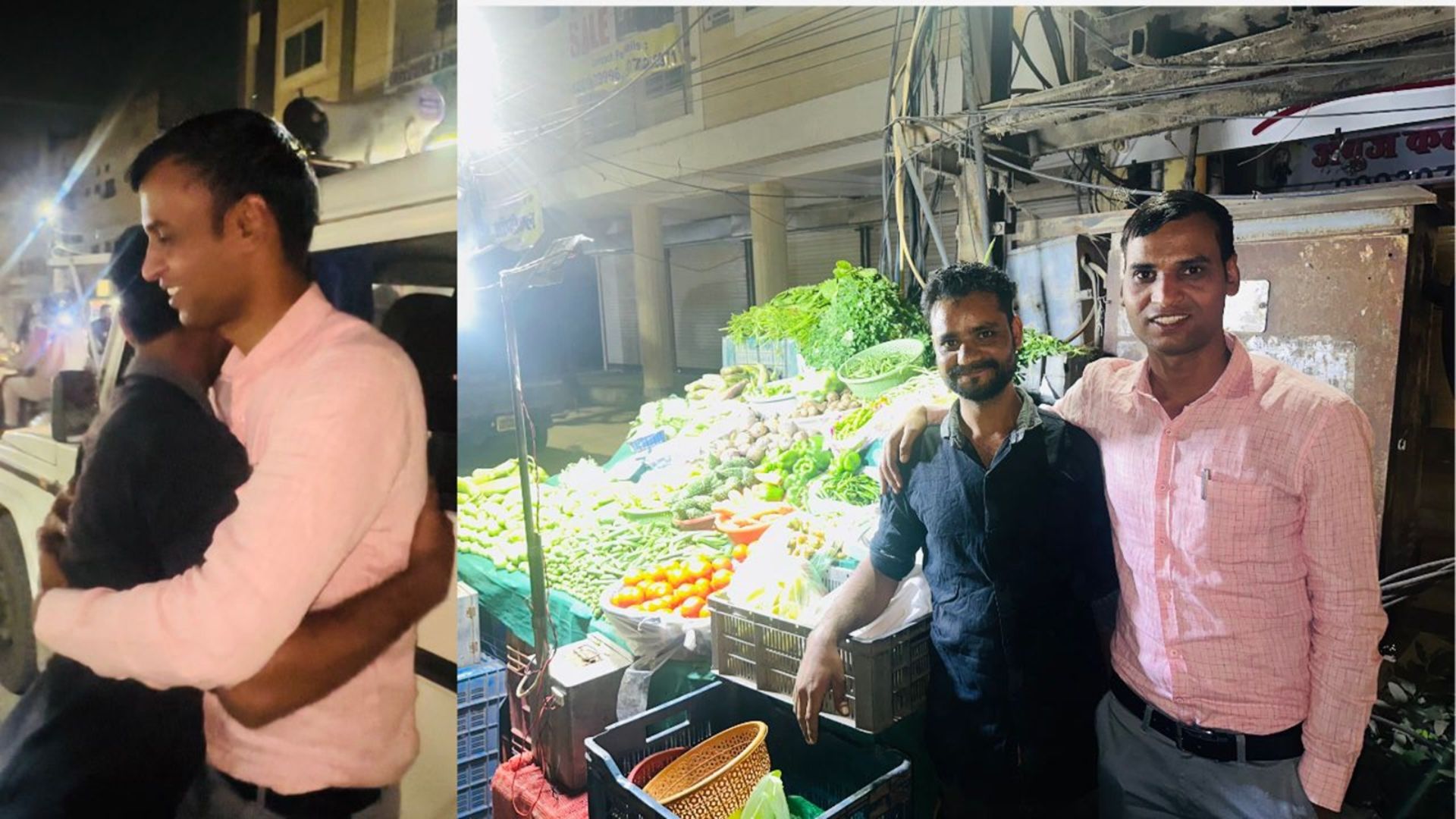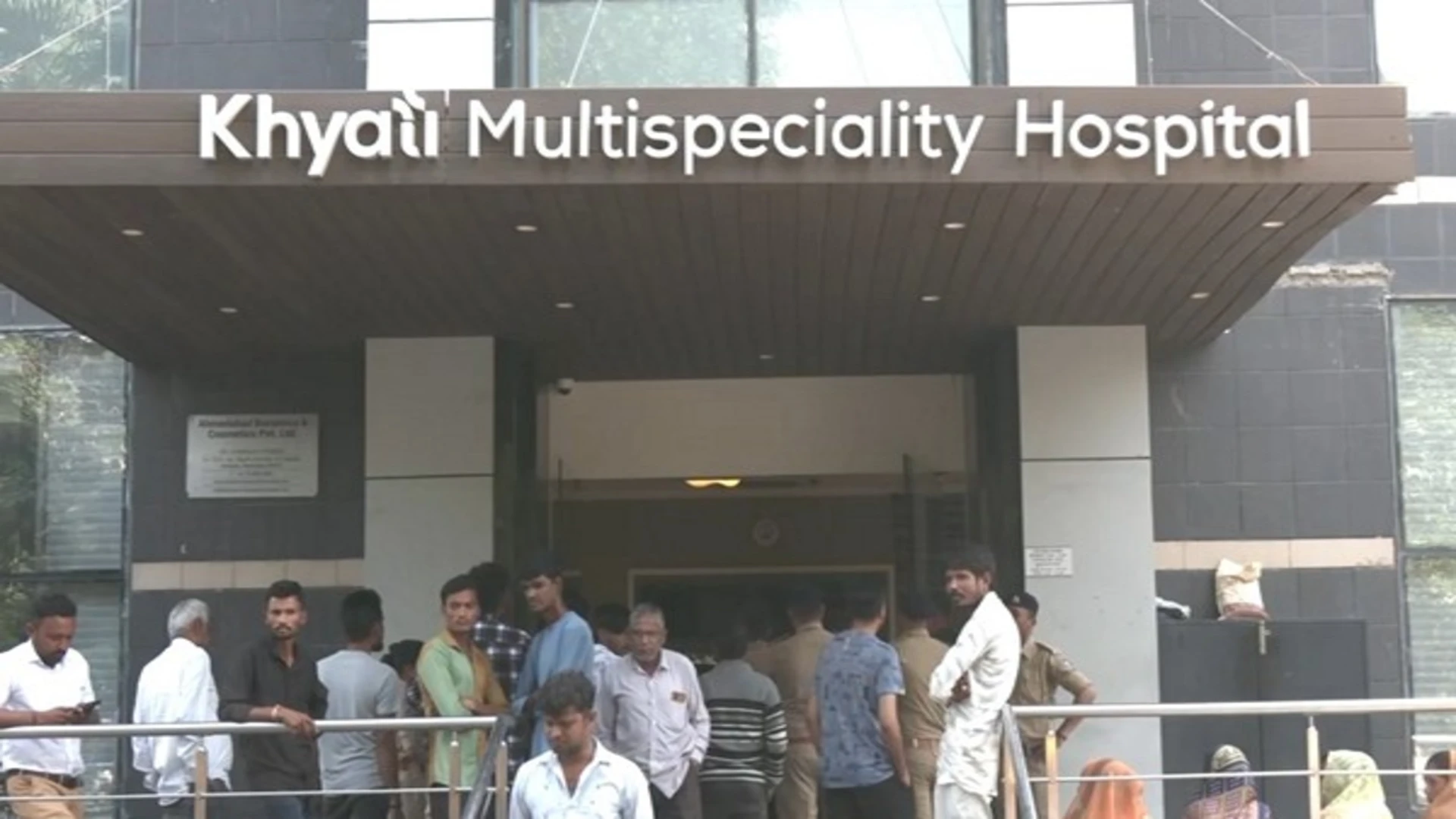
Just a day after India announced a nationwide lockdown in the last week of March citing the outburst of the Covid-19 pandemic, I woke up to yet another terrible piece of news: Kabul’s Gurdwara Har Rai Sahib was under attack by gunmen belonging to the Islamic State-Khorasan Province (ISKP). Not too long ago, I had spent a few hours in the Gurdwara, listening to the stories of persecution from the survivors there. The visuals shocked the entire world. Back home in India, mudslinging started soon as the establishment pointed fingers at the Opposition for raising objections to the introduction of amendments to the Citizenship Act.
Cut to August 2017. I landed in Afghanistan to chair a debate as part of a simulation of the United Nations, or as they are known colloquially, an MUN. Like any other tourist visiting a new destination, I paid a visit to the zoo in Kabul, located adjacent to the Deh Mazang Circle. A short walk into the zoo and a shiny bronze statue of a lion—Marjan—covered in a bit of dust catches one’s attention without much difficulty. The story of Marjan the lion is a story similar to the Sikh and Hindu minorities in Afghanistan. Marjan was a witness to the coup conducted by the communists, Soviet invasion, civil war and a subsequent invasion by the United States. For many Afghans, Marjan is a ‘symbol of survival and a desire for peace’. Similarly, Sikhs and Hindus in Afghanistan have witnessed, and been victims of, persecution for a long time now.
Some of these attacks have had links to South India, especially Kerala and Karnataka. Many recruits from some districts in northern Kerala have joined the Islamic State in the last few years. Recently, BJP MP Tejasvi Surya called Bengaluru an “epicentre of terrorist activities” because of the various sleeper cells uncovered by authorities. And it didn’t take too long for the Opposition to point their cannons towards the young MP, disparaging his statement and calling for his suspension. He had met with the Union Home Minister Amit Shah a few days ago requesting that a permanent division of the National Investigation Agency (NIA) be set up in Bengaluru. The NIA, however, announced the creation of a new branch in Chennai to monitor activities in the South.
The Opposition’s criticism is two-fold. One, it says that the statement brought a certain amount of disrepute to the city and, two, it threatens Bengaluru’s image as a business destination. Although Surya’s reasoning may seem, at the very outset, fractionally satisfactory, it holds a certain degree of truth when elaborated upon. Hence, there is a strong case to be made for the NIA’s permanent division to be set up in Bengaluru.
WHEN THINGS GO SOUTH
A few months earlier, the United Nation’s 26th report released by the Analytical Support and Sanctions Monitoring Team mentioned that there are a significant number of Islamic State terrorists in Kerala and Karnataka. These radical outfits have been found guilty of spreading propaganda using social media and other mediums of mass communication in the South. The propaganda by some homegrown extremist outfits, like the Indian Mujahideen (IM), Students Islamic Movement of India (SIMI) and Al-Ummah, aims to lure the youth into an ultra-puritan form of militant Islam. This is carried out in hyperlocal languages to avoid being under the scanner of law enforcement.
To understand the magnitude of the issue at hand, one needs to understand the fundamental distinction of political Islam in South India. A new brand of ultra-puritanical forms of Salafists has emerged in recent years. The recent riots in Bengaluru’s DJ Halli have further exposed external linkages. Samiuddin, an accused, maintained ties with the Al-Hind Charitable Trust for about five years. The Trust has been funding terrorism on Indian soil, based out of a lean building in a narrow bylane not too far away from the bustling Bannerghatta road. Their modus operandi has been to recruit youth for the Islamic State and carry out violent jihad. Such trusts are used as misnomers by the Wahabi/Salafi organisations.
RECRUITMENTS, RADICALISATION & REDRESSAL
ISIS has managed to use social media to their advantage and attract Indian Muslims to take up the ultra-conservative route. Several mosques, madrasas and seminaries are built using money from Saudi Arabia (zakat). In Bengaluru alone, there are over 40 Salafi mosques. There have been many arrests made in cities like Bengaluru, where sleeper cells of radical Islamist organisations were present. The border areas of the Kerala-Tamil Nadu-Karnataka trijunction have come under the scanner of law enforcement agencies for many reasons. The porous nature of these borders has created safe havens for Maoists and militants to operate without becoming a blip on the radar. Its proximity to Bengaluru also raises many concerns.
In Bengaluru, the NIA had earlier arrested three terrorists belonging to the Bangladeshi radical outfit Jamaat-ul-Mujahideen’s (JMB) module in Karnataka. Among the items recovered from the location of the arrest were hand grenades and live improvised explosive devices (IEDs). These terrorists planned to bomb several locations in Karnataka. Inspired by Islamic preacher Zakir Naik, many have been radicalised to take up arms. The NIA had shared a list of more than a hundred terror suspects of the JMB. They were operationalising their activities in many Indian states, including Karnataka. Most of these suspects were operating under the disguise of Bangladeshi immigrants.
The NIA has displayed a phenomenal track record with a conviction rate of over 90 per cent. With the NIA (Amendment) Act 2019, the agency registered its first overseas case as they were handed a probe into the attack as mentioned earlier on the Gurudwara in Kabul. The activities uncovered by the NIA in Bengaluru have internal and external ramifications, reaching the depths of the subcontinent. Karnataka needs counter-radicalisation measures like ‘Operation Pigeon’ to be able to de-radicalise the youth from taking up arms.
In the coming years, Bengaluru will be the fastest growing city in India, home to an information technology hub. The IT sector is projected to be one of India’s fastest-growing sectors in a post-COVID environment. If the political hullabaloo is to be ignored, it gives us all the more reason to question why an IT hub like Bengaluru doesn’t have the presence of a monitoring agency like the NIA.
The author is a research scholar at the Department of Geopolitics and International Relations, Manipal Academy of Higher Education. He writes on politics and foreign affairs for regional and national media establishments.















